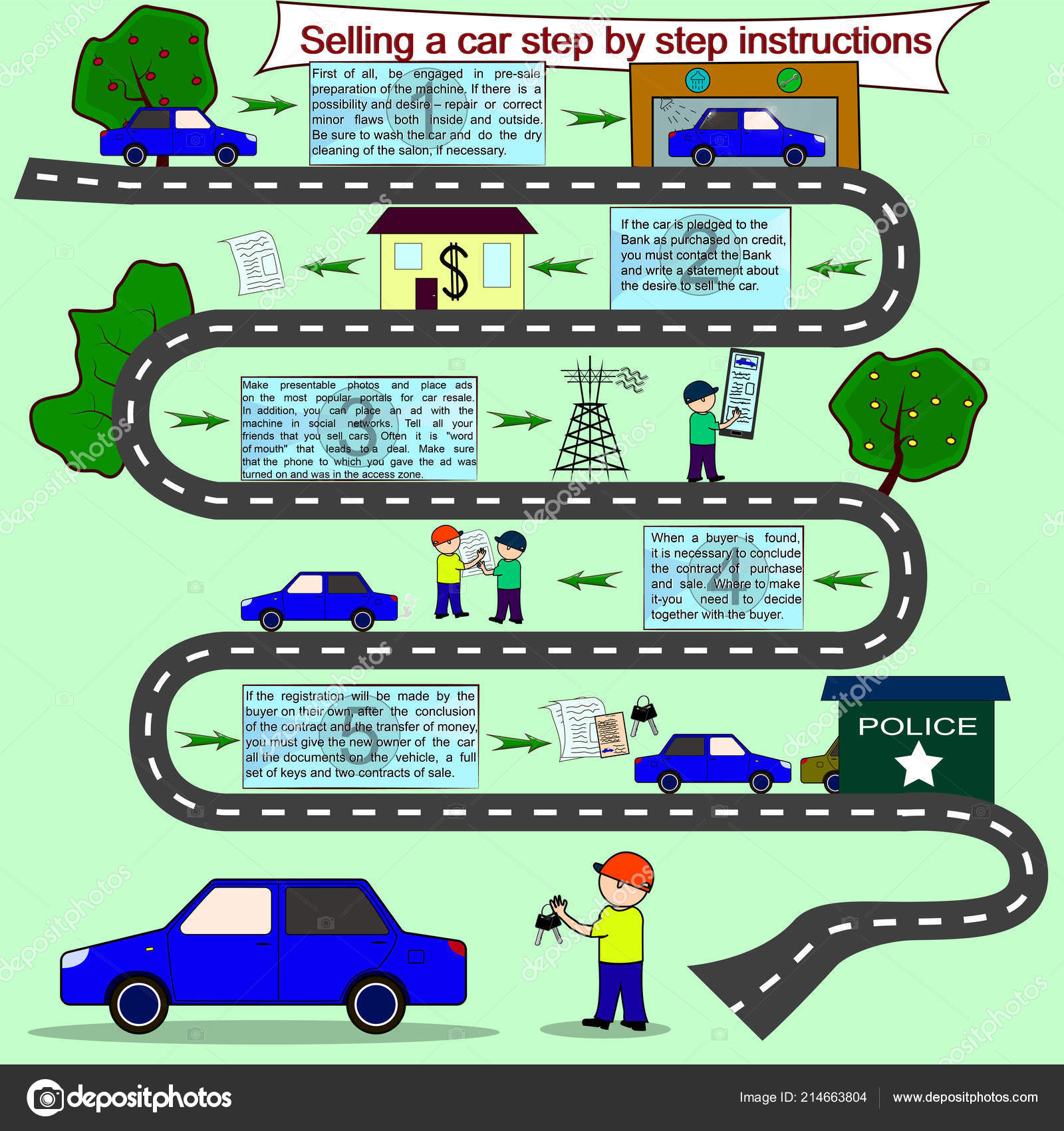Master The Art Of Comprehending Auto Warning Lights And Face Potential Obstacles With Certainty
Master The Art Of Comprehending Auto Warning Lights And Face Potential Obstacles With Certainty
Blog Article
Article Written By-Gunter Emery
When you're behind the wheel, those little warning lights on your auto's control panel can be quite perplexing. What do they indicate, and should you be concerned? Comprehending these signals is essential for your car's wellness, but it doesn't need to be a daunting task. By deciphering the secret behind each light, you'll be geared up to manage possible issues properly and maintain your automobile running efficiently. So, following time a caution light flashes, do not panic - arm yourself with understanding and take control of the circumstance.
Importance of Vehicle Caution Lights
Understanding the relevance of your auto's caution lights is crucial for preserving your car's health and safety. These lights serve as your automobile's communication system, notifying you to possible problems that can jeopardize your safety and security on the road or lead to pricey fixings if ignored. By focusing on these cautions, you can deal with issues early and avoid further damage to your vehicle.
Ignoring cautioning lights can lead to major effects, such as engine failure, brake breakdowns, and even accidents. These lights are developed to inform you of issues varying from low tire stress to engine malfunctions, providing you the possibility to take action prior to the scenario intensifies. Routinely examining and comprehending these warnings can conserve you time, cash, and guarantee your safety and security while driving.
In addition to keeping you risk-free, responding immediately to cautioning lights can likewise aid prolong the life expectancy of your automobile. By attending to concerns early, you can stop small issues from rising right into significant fixings, ultimately saving you time and money over time. Keep in European auto repair , your car's warning lights are there for a reason - do not neglect them!
Common Caution Lighting and Meanings
When it comes to driving your cars and truck, understanding usual warning lights and their definitions is vital for your safety and security and automobile maintenance. Here are https://oil-change-places-near-me52839.atualblog.com/36039955/the-basics-of-grease-monkey-solutions-what-you-must-understand of typical warning lights you might run into:
1. ** Examine Engine Light **: This light indicates a concern with your engine. Maybe something minor like a loose gas cap or something more severe like engine misfiring.
2. ** Battery Light **: This light signals a problem with your cars and truck's charging system. It might suggest a faulty battery, generator, or various other related components.
3. ** Oil Stress Light **: When this light comes on, it implies your engine might be running low on oil or experiencing low oil stress, which can bring about engine damage otherwise addressed promptly.
4. ** Brake System Light **: This light suggests an issue with your stopping system. It might imply low brake fluid levels or a trouble with the brake system that calls for immediate attention.
Recognizing these common caution lights will aid you recognize potential issues early on and stop more substantial issues in the future.
How to Respond to Warning Lighting
In the event that a warning light brightens on your vehicle's dashboard, it's vital to respond immediately and appropriately. When a caution light comes on, the very first step is to consult your proprietor's manual to understand the details problem indicated by the light.
Some lights call for instant focus, while others might show a much less immediate matter. If the caution light is red or blinking, it's commonly a sign of a severe issue that requires prompt action. In such instances, it's recommended to pull over securely, switch off the engine, and look for professional assistance.
For yellow or orange warning lights, while they might not need prompt interest, it's still crucial to attend to the hidden problem promptly to stop additional damages. Regular maintenance and examination can aid avoid alerting lights from coming on all of a sudden.
Conclusion
Finally, understanding your auto's warning lights is critical for maintaining your vehicle's health and wellness. By regularly checking and responding to these warnings, you can address possible issues early and stop expensive repair work or safety and security risks. Keep in mind to consult your owner's guidebook for details on various warning lights and constantly take instant action for red or blinking lights. Remain aggressive and keep your vehicle running efficiently!
